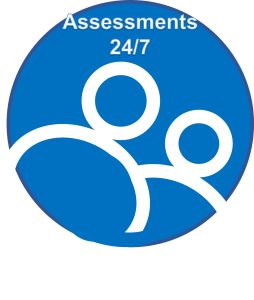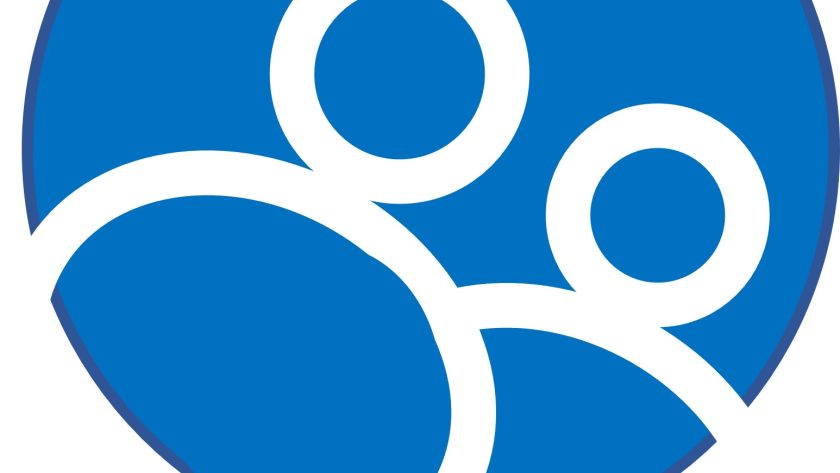Published with Permission from Assessments 24/7.

This is a Monday blog series; our regular coaching blog will be published on Thursday’s.
In this blog series, first the DISC styles were explained and then the strengths and challenges for each were explored. Here the goals and fears are explored.
Dominance – High “D” Style
Dominance Styles, driven by the inner need to lead and be in control, take charge of people and situations so they can reach their goals. Since their key need is achieving, they seek no-nonsense, bottom-line results. Their motto is: “Lead, follow, or get out of the way.” They want to win, so they may challenge people or rules. Similarly, the Dominance Styles also accept challenges, take authority, and go headfirst into solving problems.
Influence – High “I” Style
The “I” Style wants your admiration and thrives on acknowledgment, compliments, and applause. “It’s not just whether you win or lose… it’s how you look when you play the game.” Admiration and acceptance typically mean more to this type than to any other. If you don’t talk about them, they may spend considerable time talking about their favorite subject – themselves – to gain acceptance.
Steadiness – High “S” Style
The Steadiness Styles strive for security. Their goal is to maintain the stability they prefer in a constant, predictable environment. To them, while the unknown may be an intriguing concept, they prefer to stick with what they already know and have experienced. Risk is a nerve-wracking word to the Steadiness Style. They favor more measured actions, like keeping things as they have been and are, even if the present situation happens to be unpleasant.
Conscientious – High “C” Style
The Conscientiousness Styles concern themselves more with precise content than with congratulations. They prefer involvement with the performance of products and services under specific, and preferably controlled, conditions so the process and the results can be perfect. Since their primary concern is accuracy, human emotions may take a back seat with this type. After all, emotions are subjective and tend to distort objectivity.
FEARS – THE FOUR DISC BEHAVIORAL STYLES
Dominance – High “D” Style
Closely related to the Dominance Styles’ goals are their fears: falling into a routine, being taken advantage of or losing control, and looking “soft.” They may go to extremes to prevent those fears from materializing. They may act impatiently in ways others may not agree with, but they make things happen with great urgency.
Influence – High “I” Style
An Influence Style’s biggest fear is social rejection and lack of acceptance – whether from appearing uninvolved, unattractive, unsuccessful, or unacceptable to others. These frightening forms of personal denial threaten the Influence Style’s core need for approval and acknowledgment. Consequently, they may go to extremes to avoid embarrassment, lack of inclusion, or loss of social recognition and admiration.
Steadiness – High “S” Style
Related to the Steadiness Style’s goal of keeping things predictable and stable is an accompanying fear of sudden change and disorganization. Consequently, any disruption in their routine patterns can cause distress in the Steadiness Style. Fearing sudden changes, they are naturally concerned with what may happen as a result of being unprepared. A general worry is that the unknown may be even more unpleasant than the present. They need to think and plan for changes. Finding elements of consistency within those changes can help minimize their stress and identify specific assurances required to cope with such demands with grace and constancy.
Conscientiousness – High “C” Style
The Conscientiousness Style’s biggest fears stem from a desire for perfection and accuracy. The C style does not want to do anything or get anything wrong. Often responsible for subjectivity and errors, these thinkers fear uncontrolled emotions and irrational acts (in self and others) that relate to challenging their goals. This type strives to avoid mistakes at all costs.
In the next blogs, identifying each style is explained.



